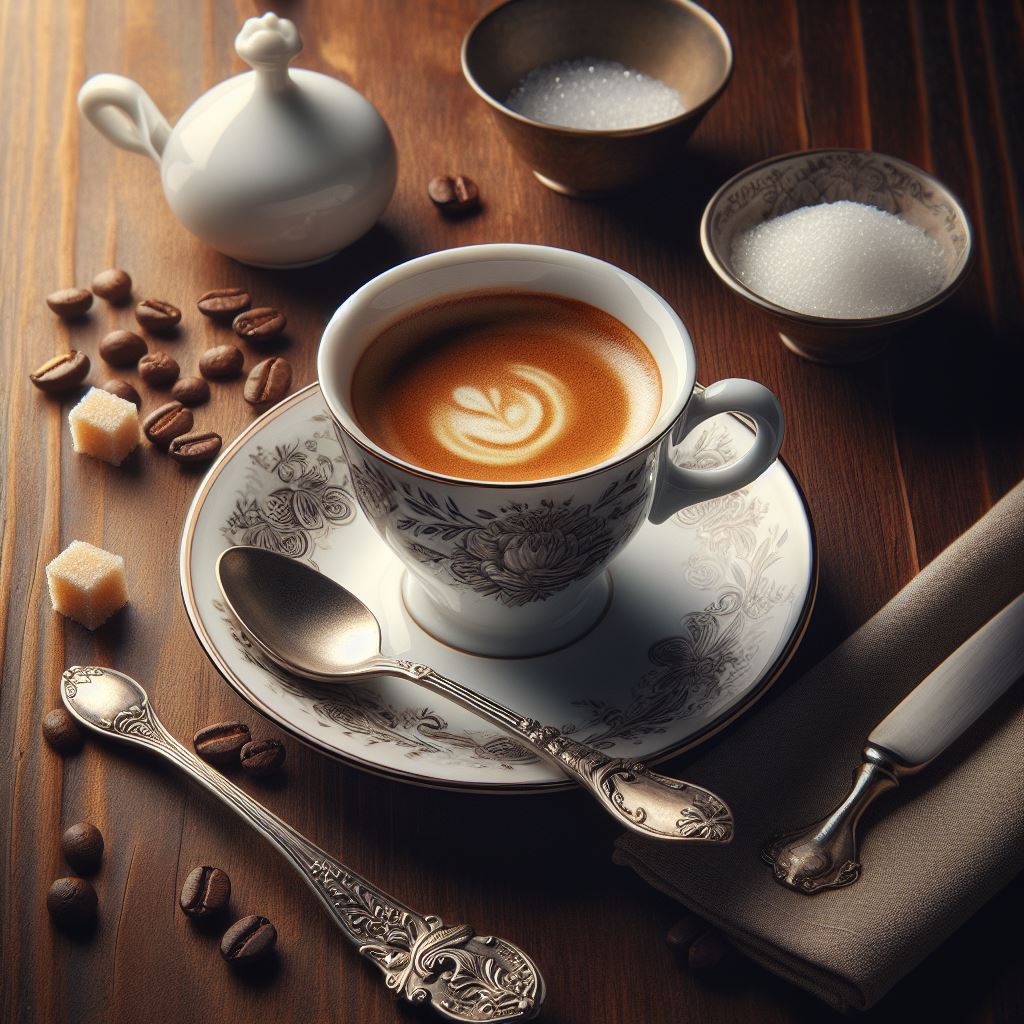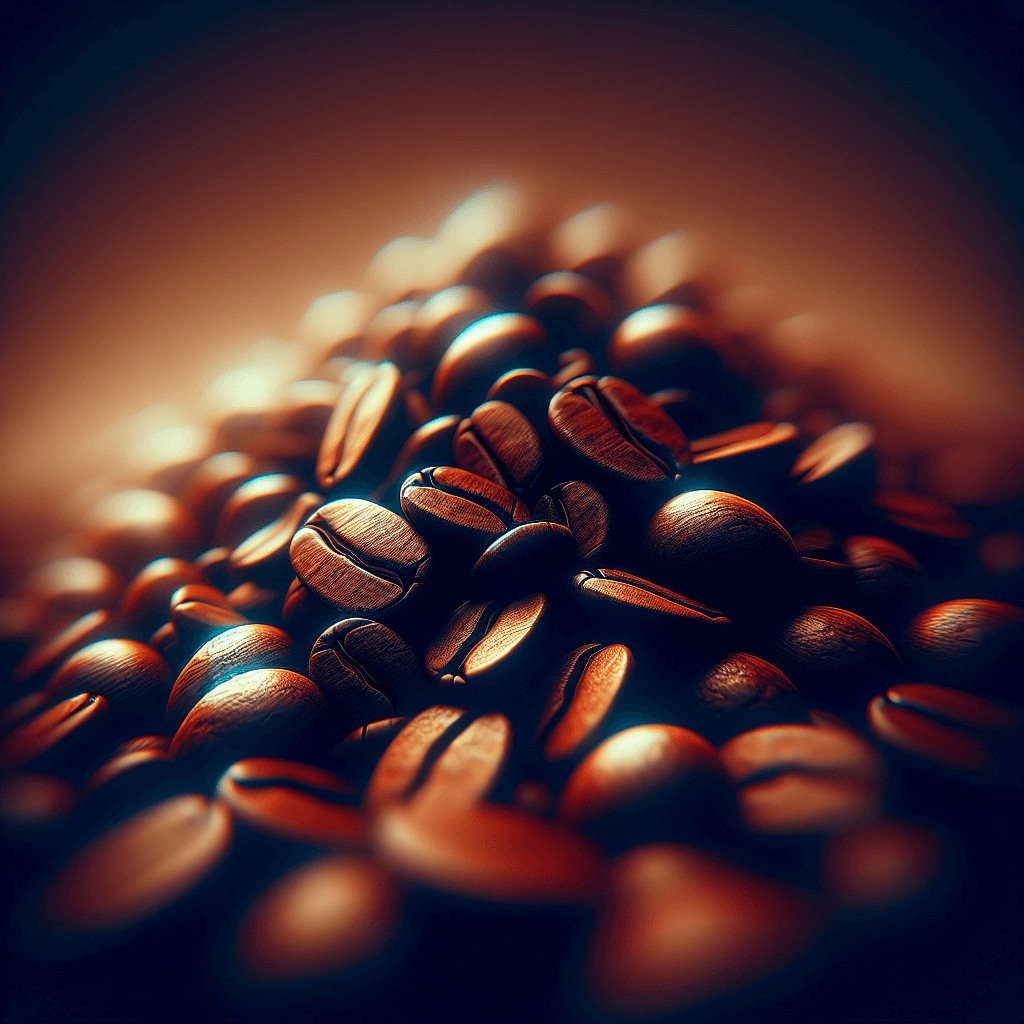

Have you ever savored a sip of espresso, only to find it bitter or lacking that velvety richness you crave? The secret behind a perfect cup of this intense brew lies in the art and science of espresso extraction. Understanding how to extract espresso correctly can transform your coffee experience. Espresso isn’t just a drink; it’s a result of meticulous preparation, precise timing, and the right balance of coffee grounds to water.
When we delve into the science of espresso brewing, extraction is the star of the show. Simply put, espresso extraction refers to the process of hot water passing through finely-ground coffee, absorbing the oils, flavors, and essences of the coffee along the way. The magic happens under high pressure, which extracts the coffee flavors quickly, resulting in a concentrated beverage.
The Importance of Grind Size and Consistency
The quality of your espresso heavily relies on the size and consistency of coffee grounds. A finer grind enhances extraction by increasing surface area, ensuring evenness. However, overly fine grinds can lead to bitterness through over-extraction. Conversely, coarser grinds result in under-extraction, yielding weak, sour shots. Achieving the ideal balance is crucial for perfect espresso. Experimentation and adjusting grind settings based on taste preferences and machine capabilities are key. Consistency in grind size across batches ensures uniformity in flavor and extraction. Mastering grind size and consistency elevate the espresso experience, highlighting nuances in flavor profiles and enhancing overall satisfaction.
The pressure exerted by espresso machines, usually around 9 bars, is pivotal for optimal extraction. Precise pressure ensures adequate extraction without bitterness or under-extraction. Baristas meticulously adjust their machines to achieve the perfect shot, showcasing their craft. Mastery of pressure is fundamental in the art of espresso-making, where slight adjustments can significantly impact flavor and quality.
Water temperature is a crucial element in espresso brewing, ideally ranging between 195°F and 205°F. This range ensures optimal extraction of coffee solubles without scorching the coffee or imparting undesirable burnt flavors. Maintaining precise water temperature is important for achieving balanced and flavorful espresso shots.
Timing is crucial in pulling the perfect espresso shot. A standard extraction takes 25 to 30 seconds from the pump engagement. The flow should be steady, avoiding gushing or trickling. Baristas meticulously time shots, adjusting as needed for optimal results. This precision ensures even extraction and balanced flavor. Monitoring the shot pull like a hawk, baristas maintain consistency and quality in every pour. The art lies in achieving the ideal balance of time, flow, and extraction, elevating the espresso experience to its fullest potential.
The Quest for the Coveted Crema
Now let’s talk about that silky, golden layer that sits on top of a perfectly pulled shot of espresso: the crema. The espresso crema is the hallmark of a well-extracted espresso shot and results from the brewing pressure forcing oils and fine coffee particles into a colloid emulsion at the surface of the coffee. This layer not only looks remarkable, but it also traps many of the volatile compounds that contribute to espresso’s aroma and flavor.
Several variables influence crema quality in espresso. Freshness of beans, roast level, and coffee oils play significant roles. Beans freshly roasted within days to two weeks typically contain more carbon dioxide and oils, resulting in a richer crema. Lighter roasts generally yield thicker crema due to less oil lost during roasting compared to darker roasts. Understanding these factors allows baristas to manipulate crema for optimal espresso presentation, enhancing both visual appeal and flavor intensity. Crema serves as a visual indicator of espresso quality, reflecting the intricate balance of factors in the brewing process.
Perfecting the espresso shot requires meticulous adjustment. The “dialing in” process entails fine-tuning grind size, dose, and tamping pressure to discover the ideal balance for a specific coffee on any given day. Variables like humidity, temperature, and coffee freshness influence this process. Baristas carefully navigate these factors, striving for consistency and excellence in each cup.
Consistency is key, particularly when it comes to tamping. A proper tamp will ensure an even and level bed of coffee grounds, which promotes uniform water distribution and extraction. The force used in tamping should be firm but not too hard, as over-tamping can lead to a very slow and over-extracted shot, while under-tamping can cause channeling where water finds the path of least resistance, leading to a quick and under-extracted shot.
Espresso Shot Techniques
Achieving the perfect espresso shot is a blend of science and artistry. Here are some techniques that baristas follow in their ritual of preparation:
Dosing refers to the amount of coffee used for one shot, typically ranging from 18 to 21 grams for a double shot. Precise dosing is critical because it affects the brew ratio, which is the relationship between the coffee grounds and the water volume.
Coffee distribution involves evening out the grounds within the portafilter before tamping. This step is important to prevent channeling. Some baristas use tools or a simple tap on the sides of the portafilter to settle the grounds before tamping.
Monitoring the espresso as it flows is essential to ensure quality. Baristas look for a steady, honey-like stream that indicates the shot is extracting properly. If the shot is too fast or too slow, it’s likely an indicator that the grind size needs adjusting.
Continuous Learning and Adaptation
Even experienced baristas must remain vigilant, paying close attention to the bean’s behavior, adjusting their technique, and respecting the volatile nature of coffee extraction. This pursuit of mastery keeps the love for espresso brewing alive and is the reason why every sip of well-crafted espresso feels like a discovery.
What’s clear is that several variables interact in complex ways to yield that tiny cup packed with punch, aroma, and joy. Understanding and controlling these variables is what transforms an average shot into a memorable one.

